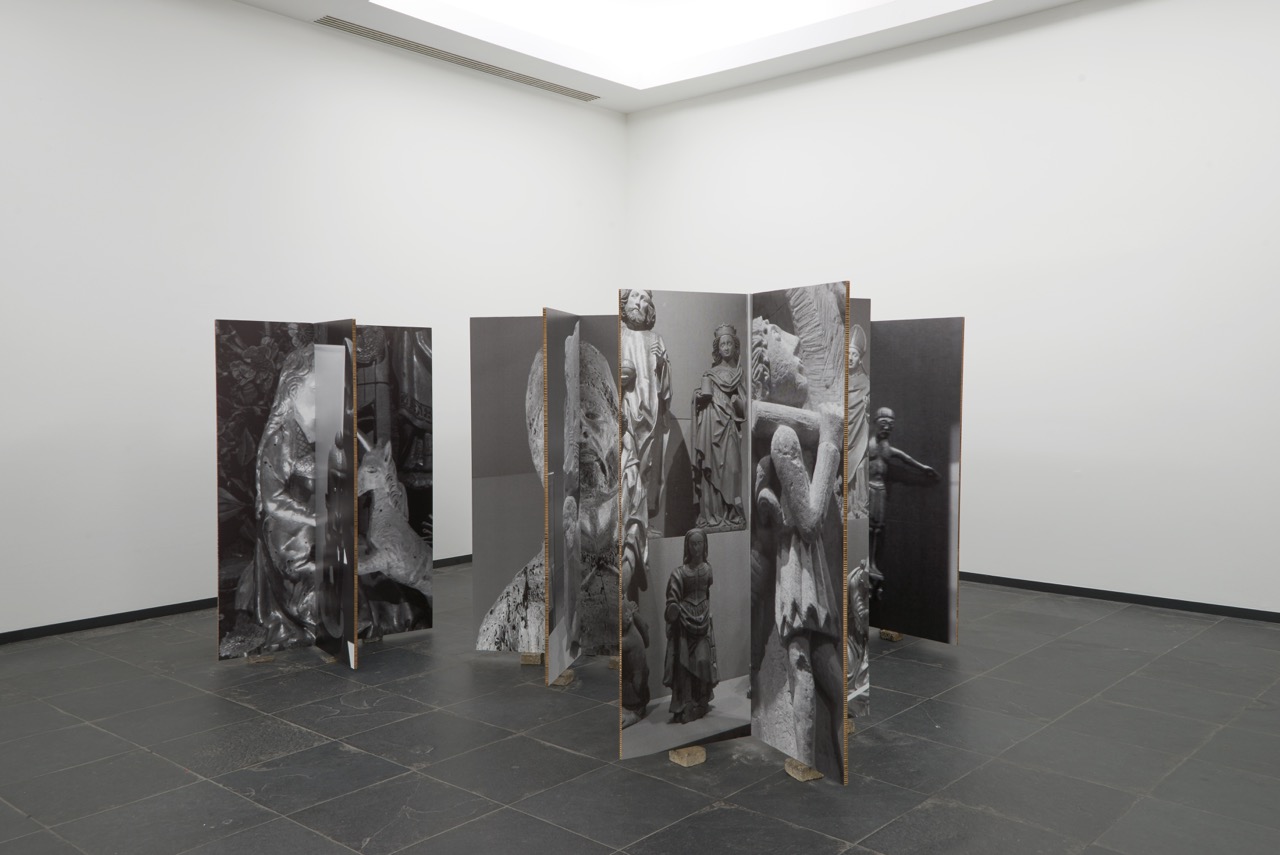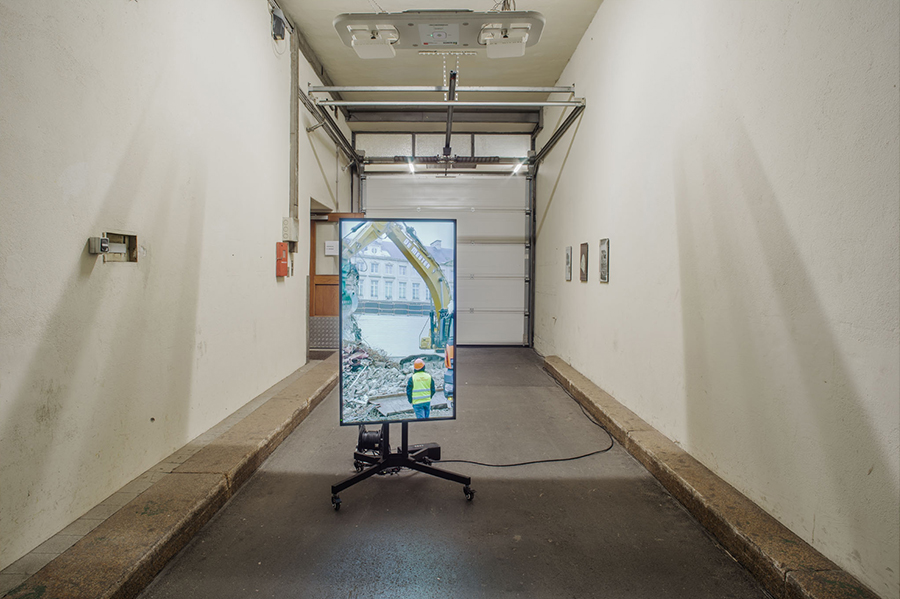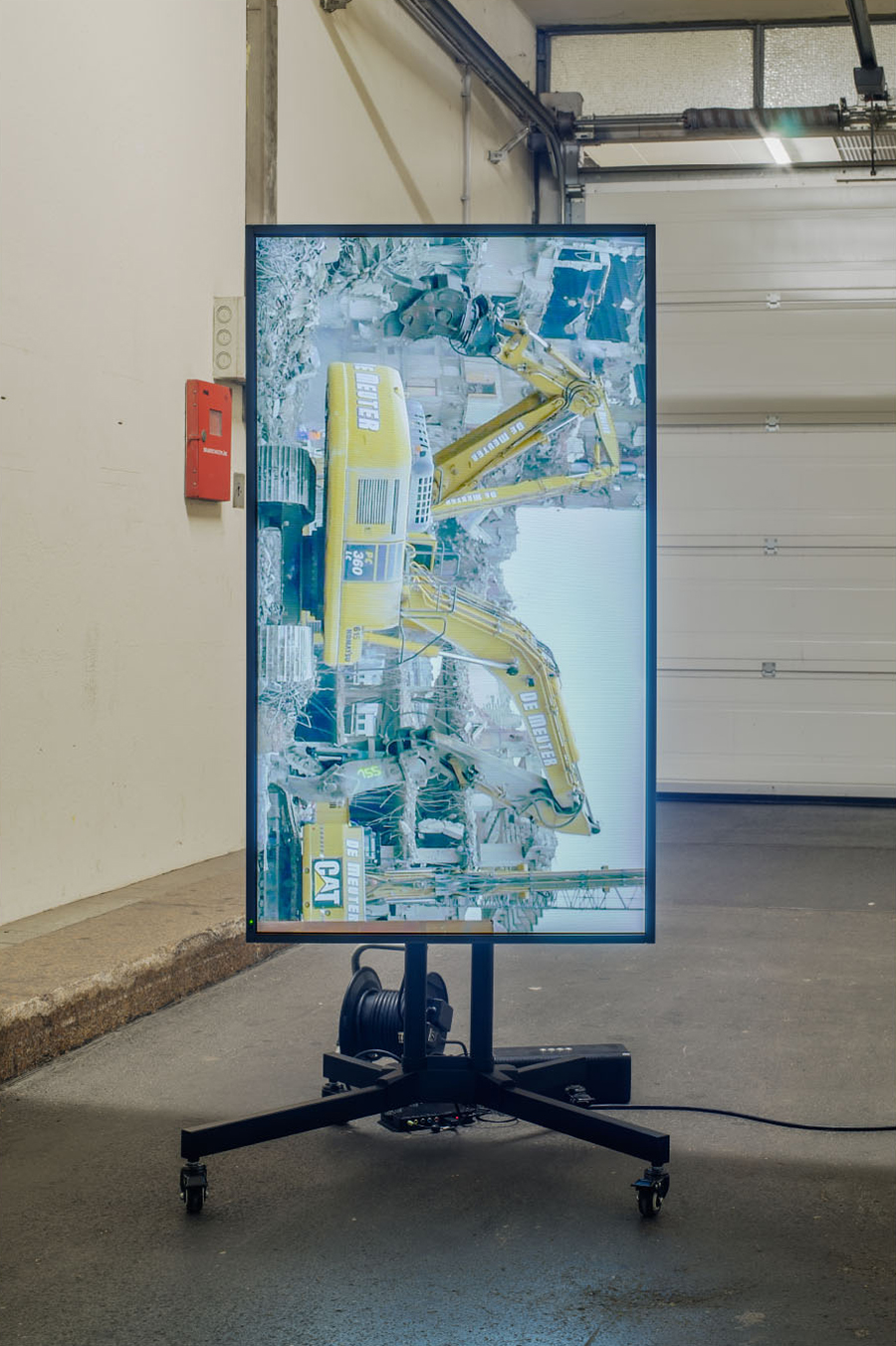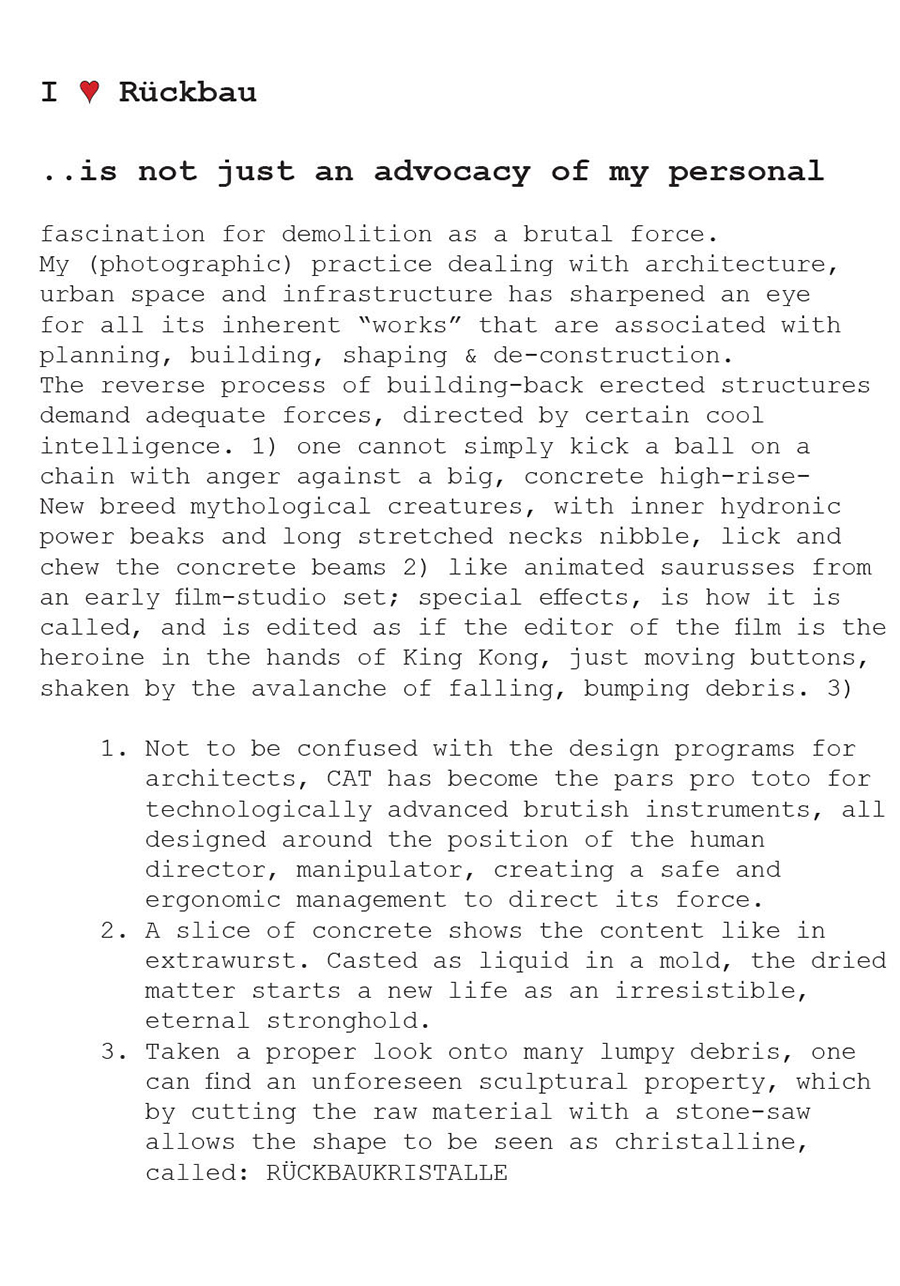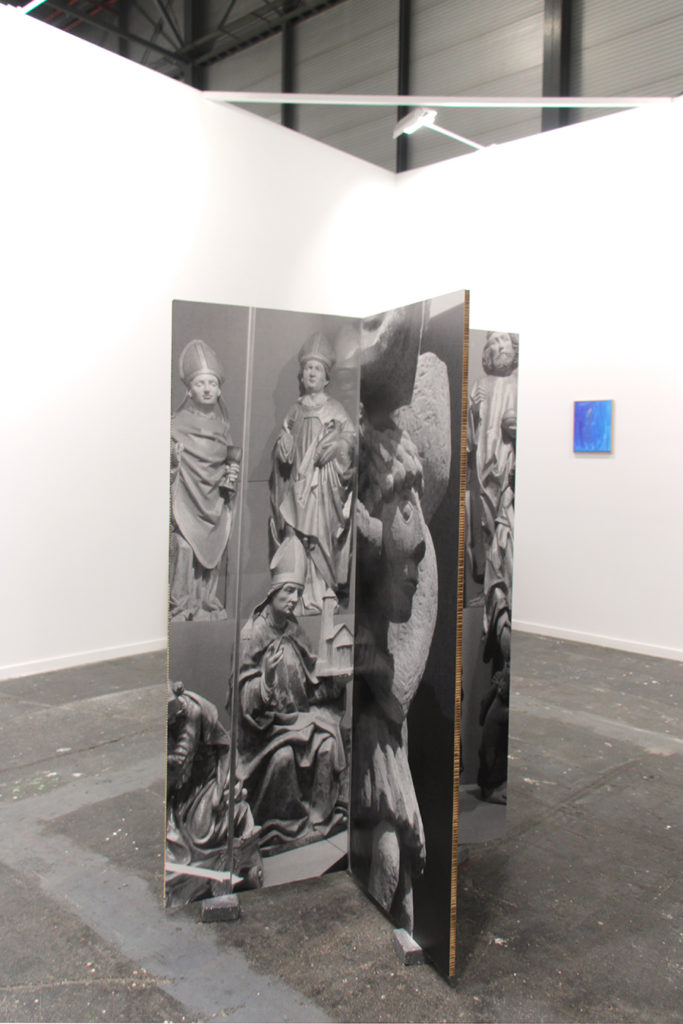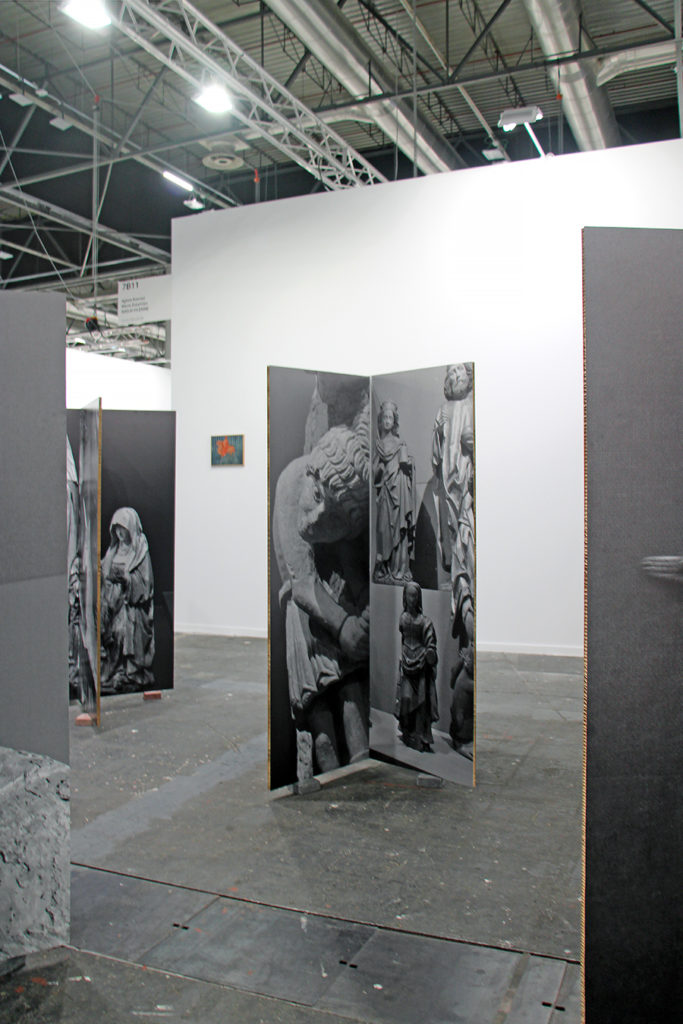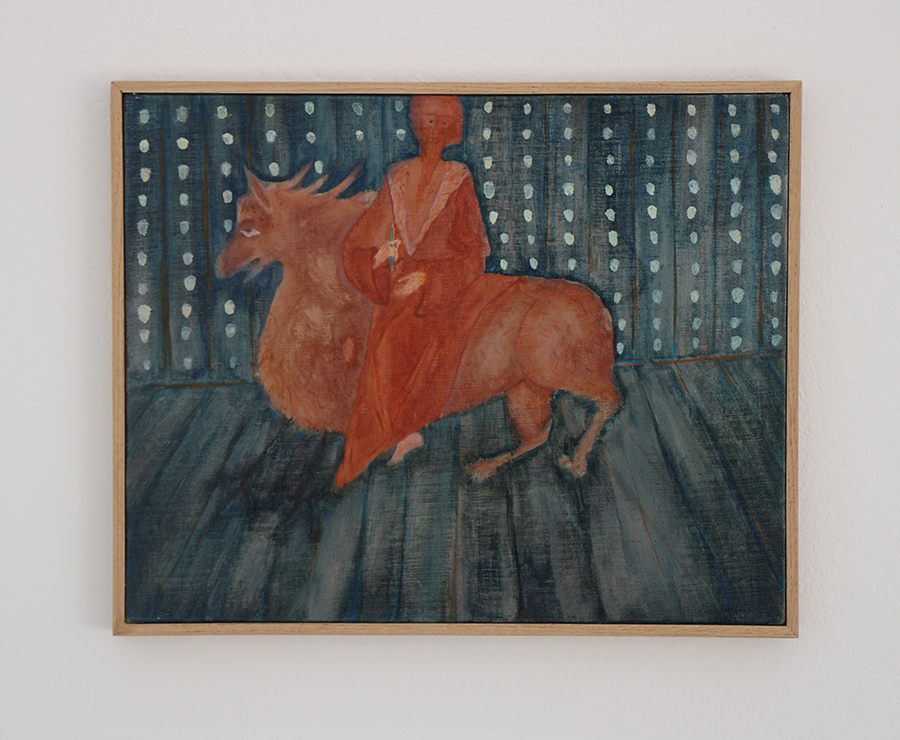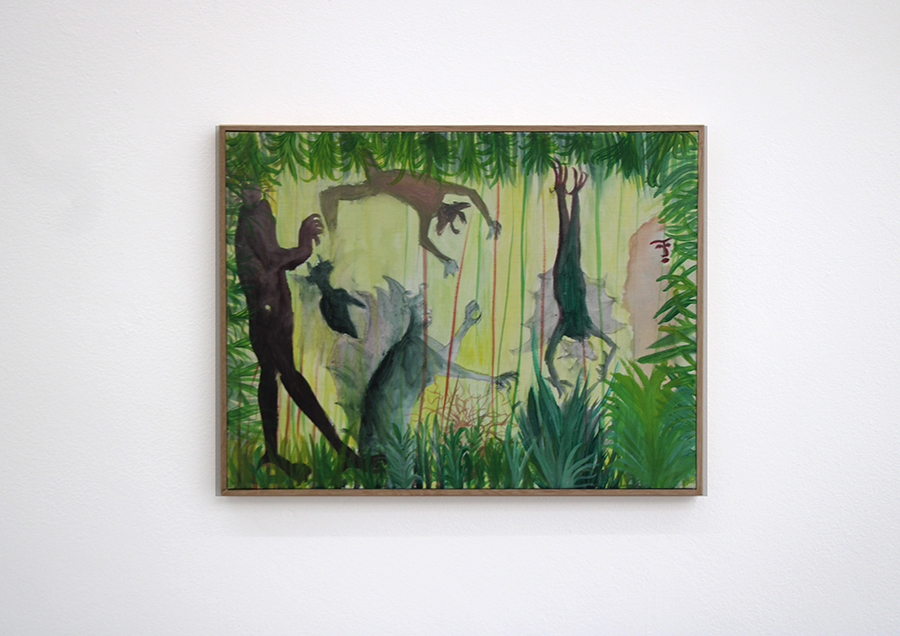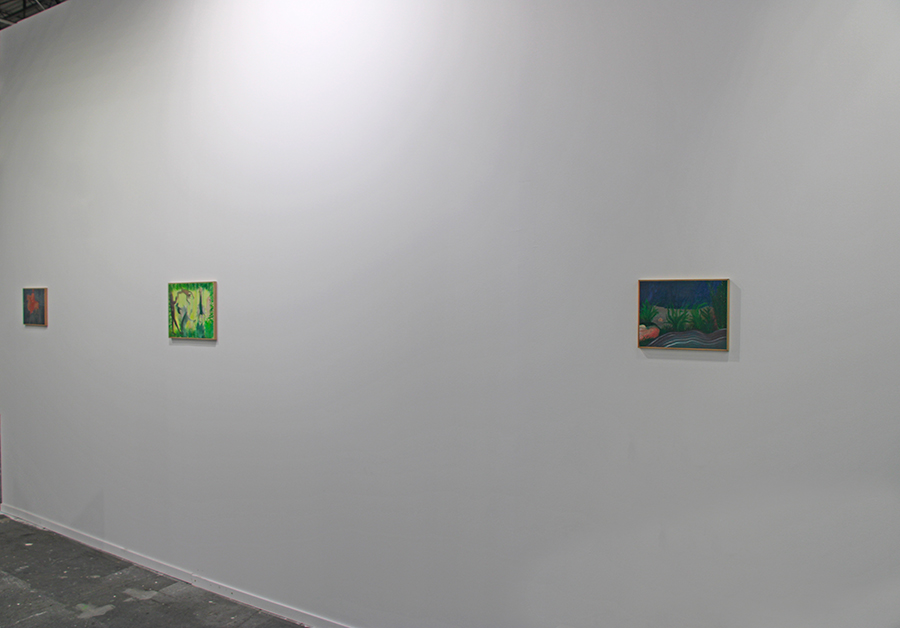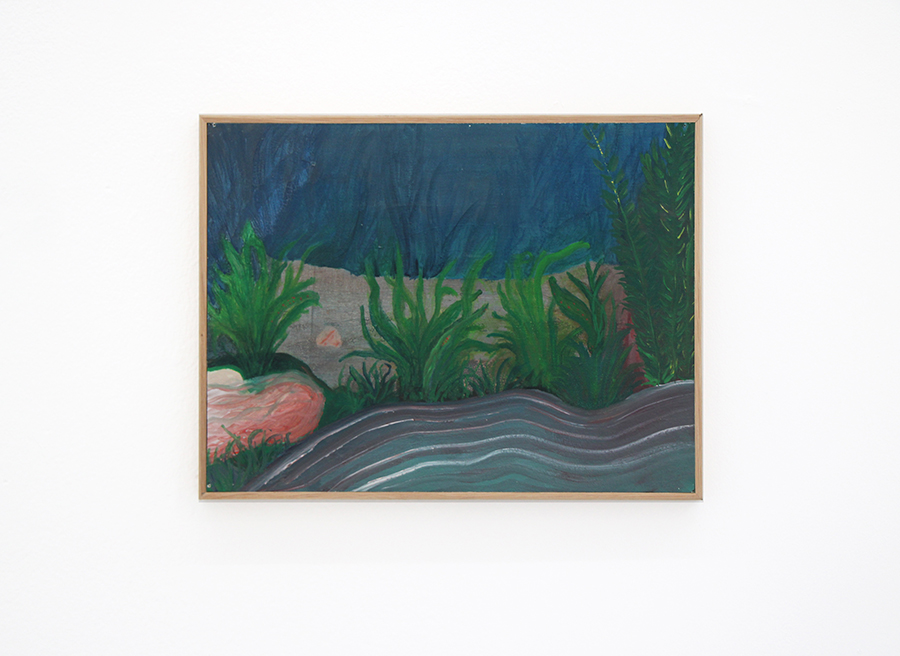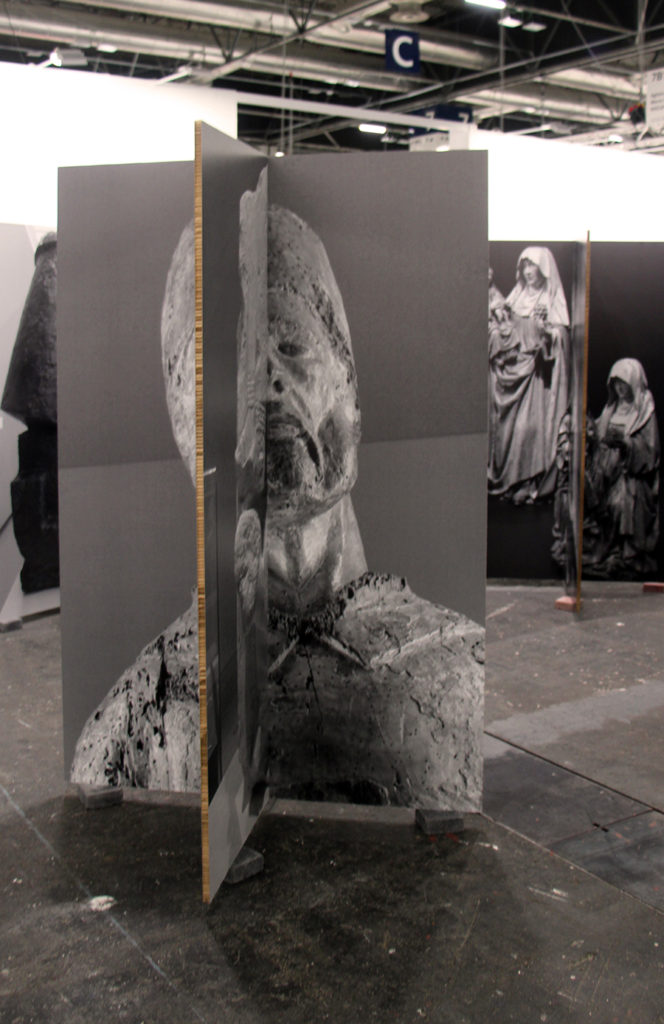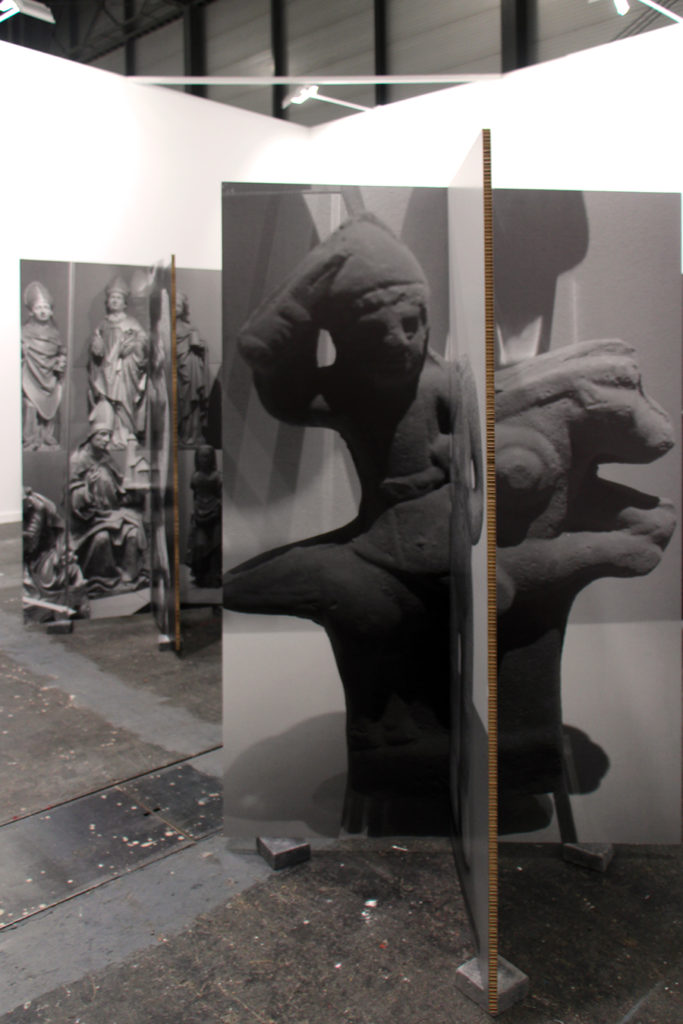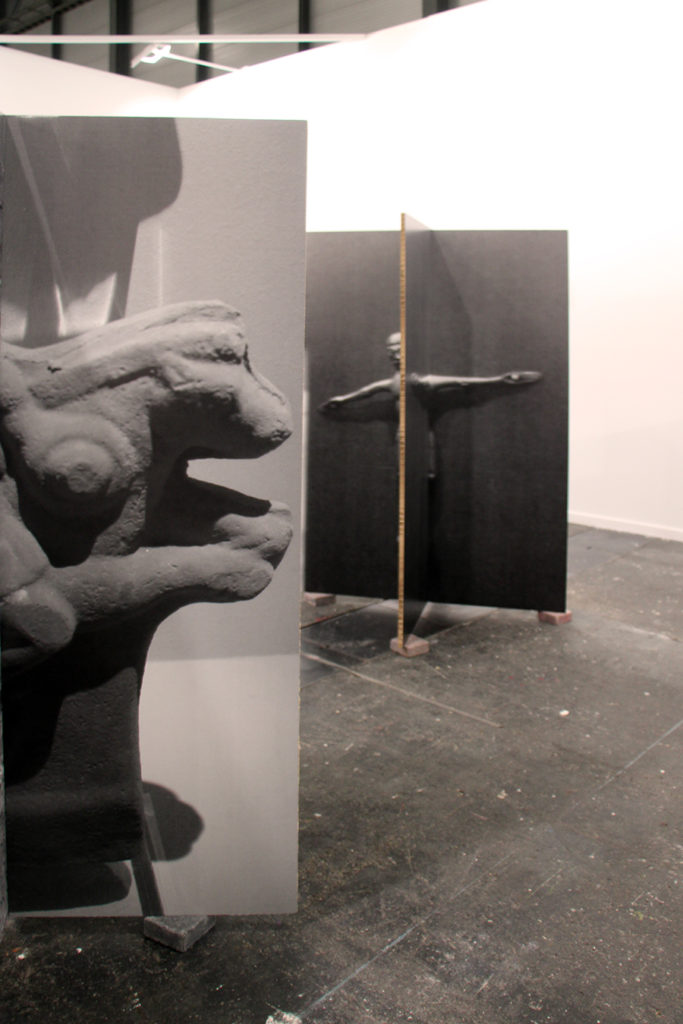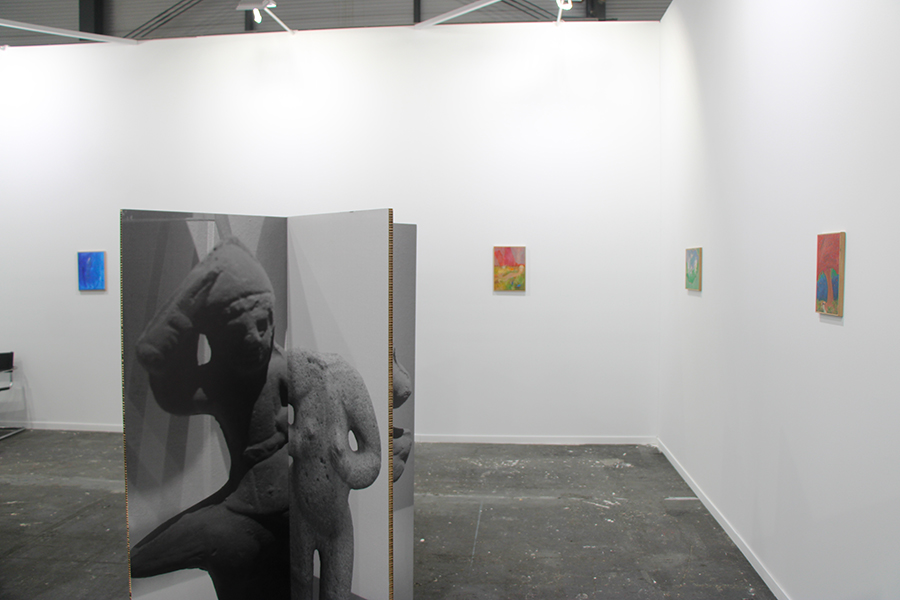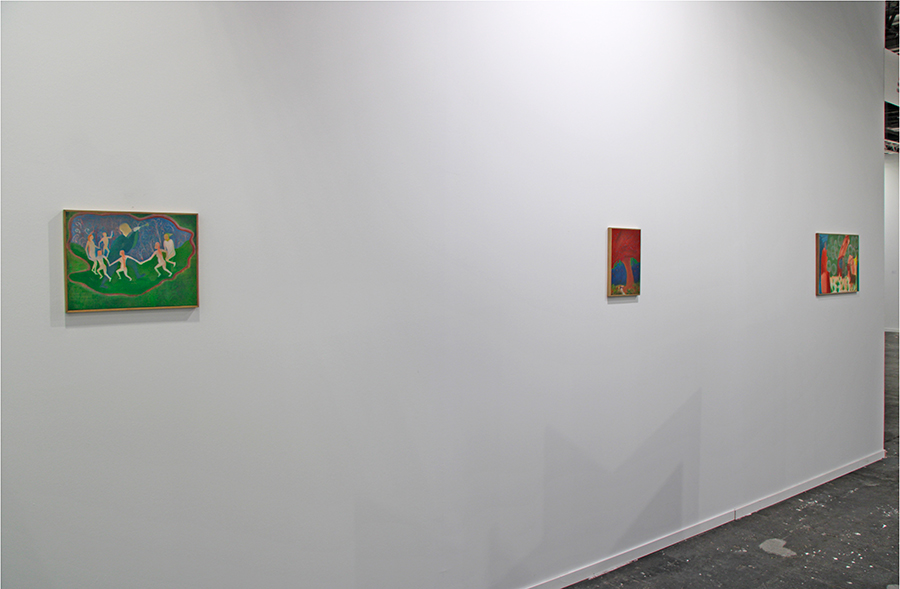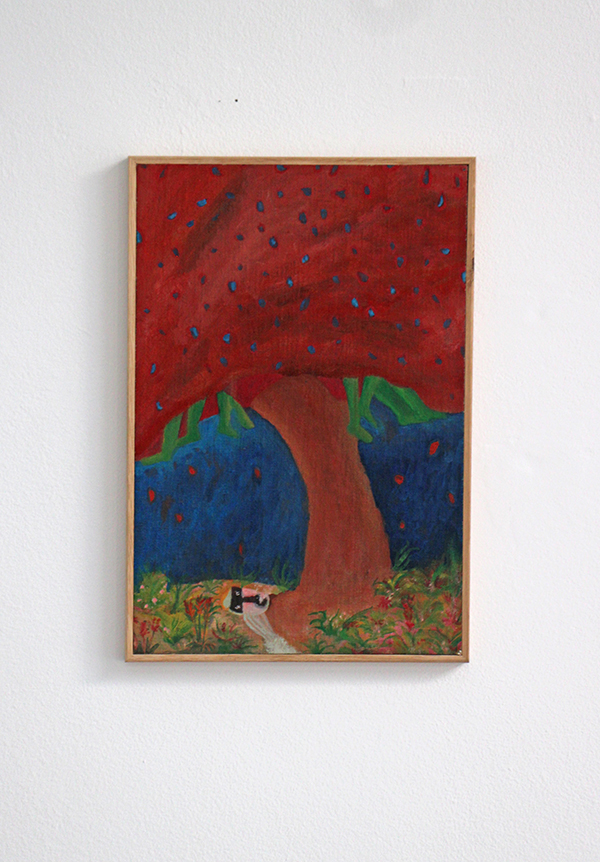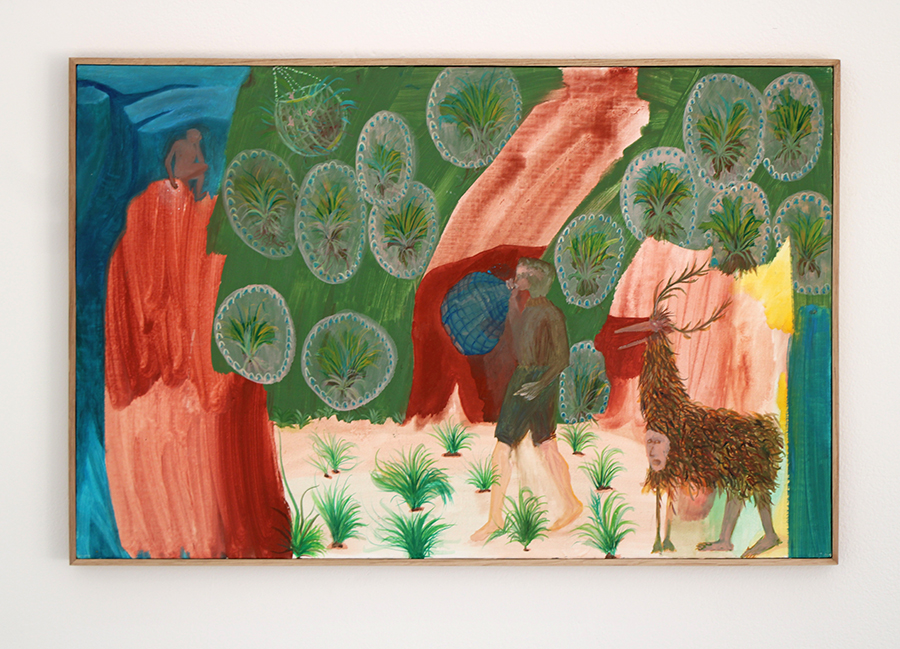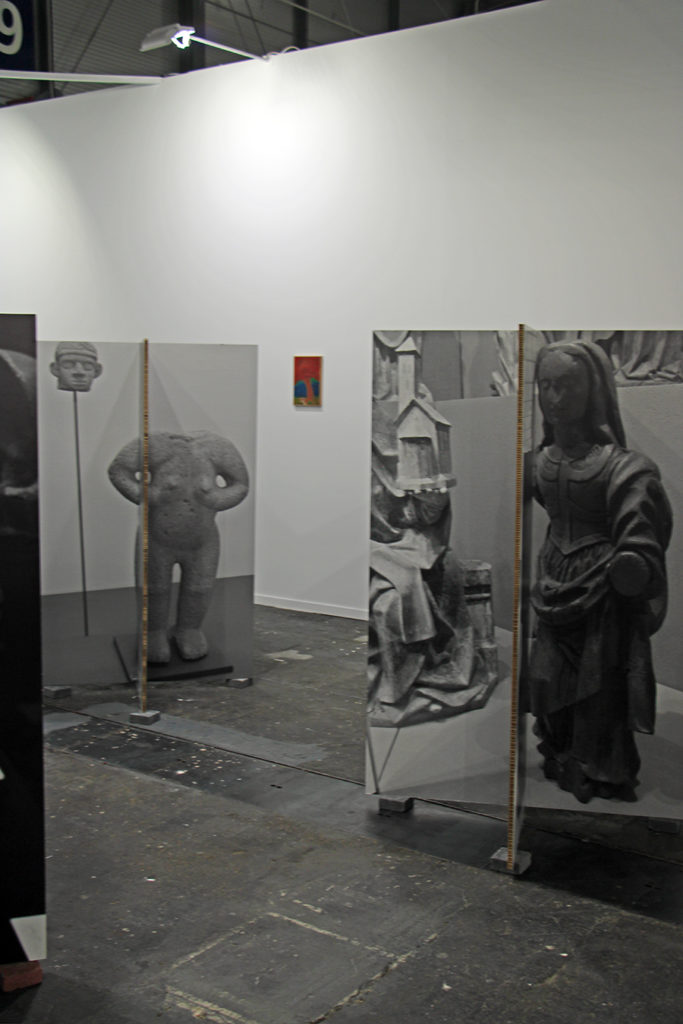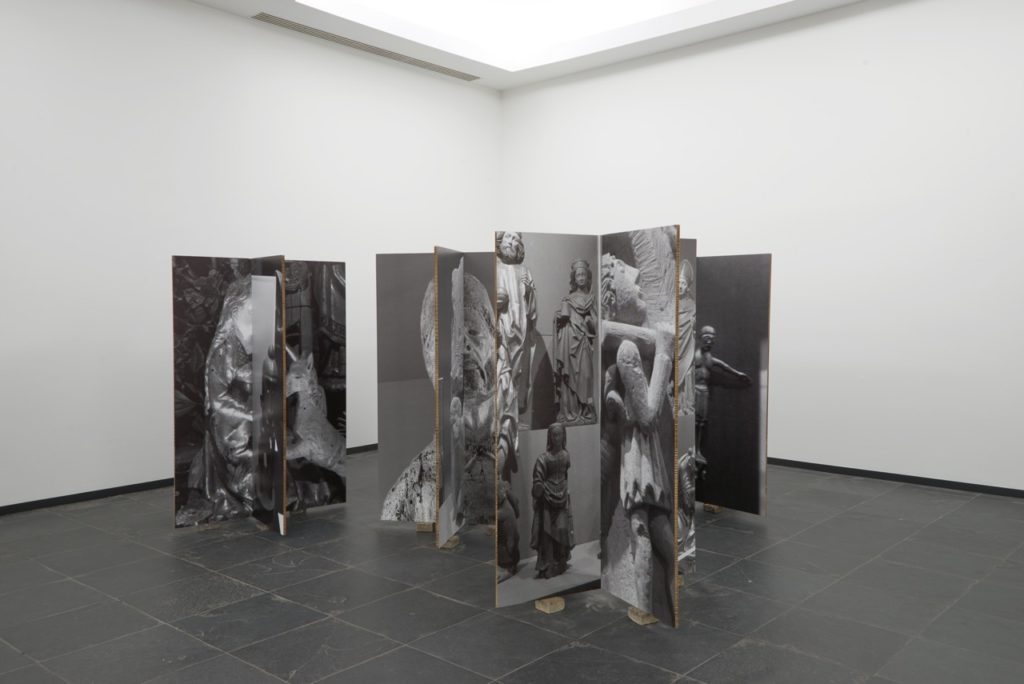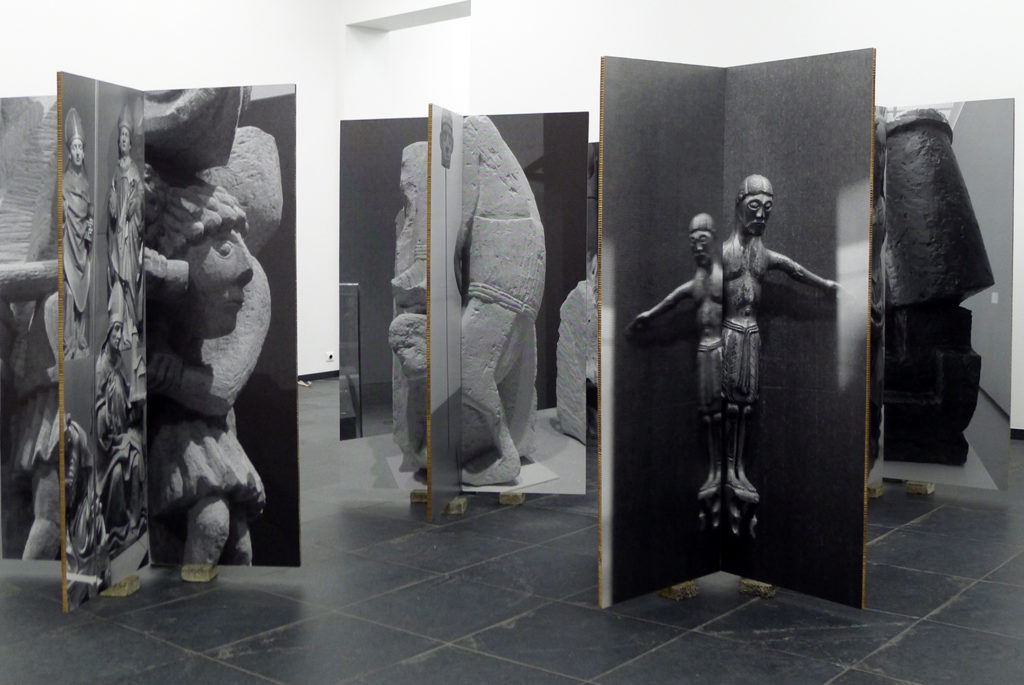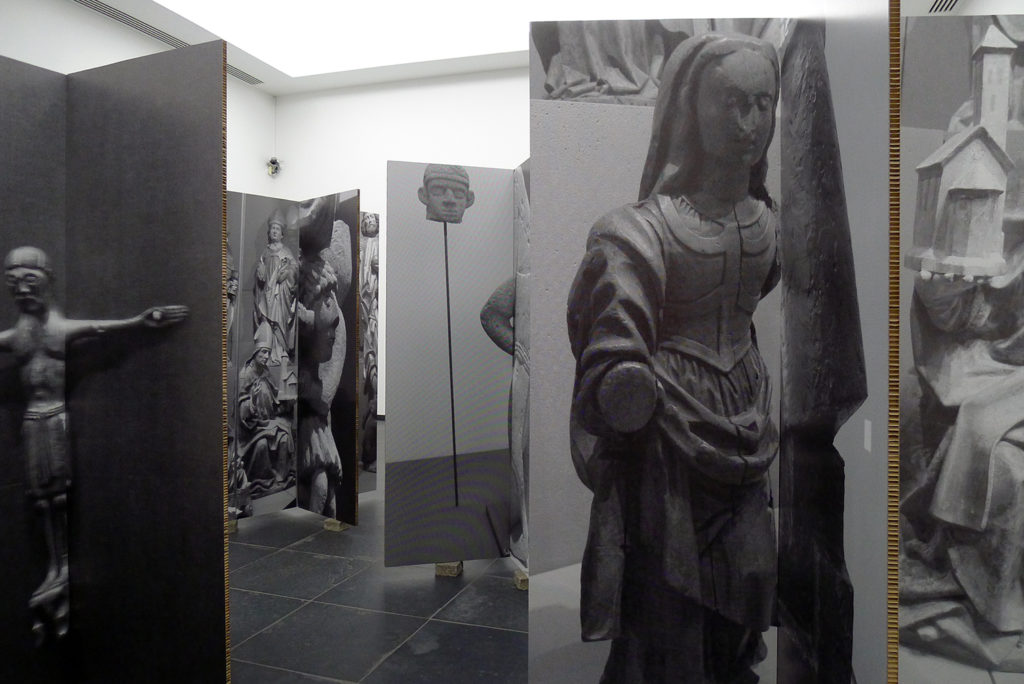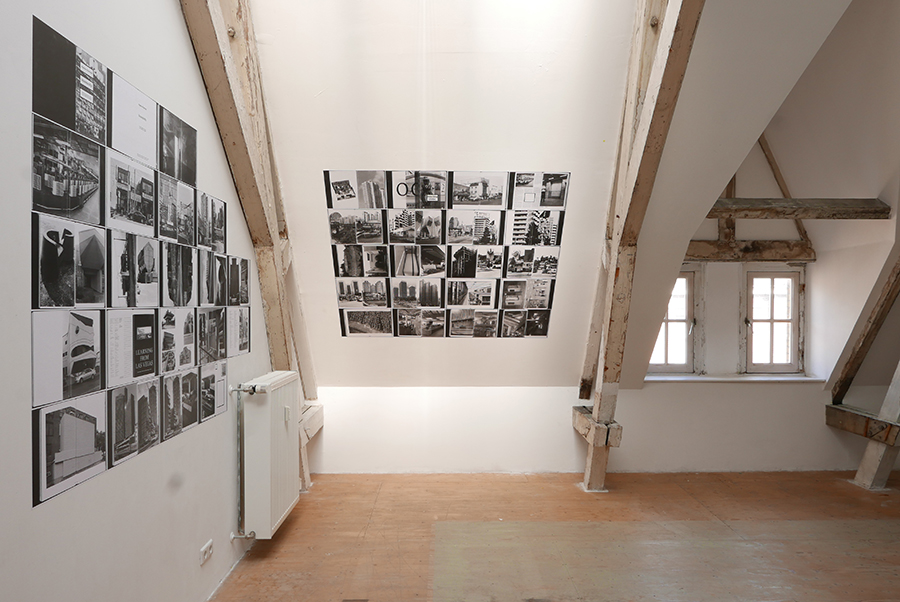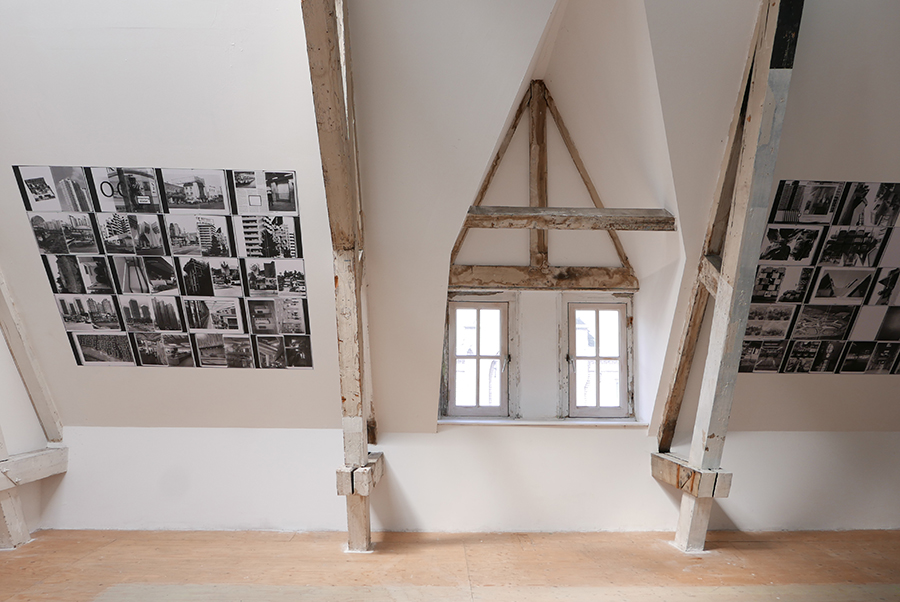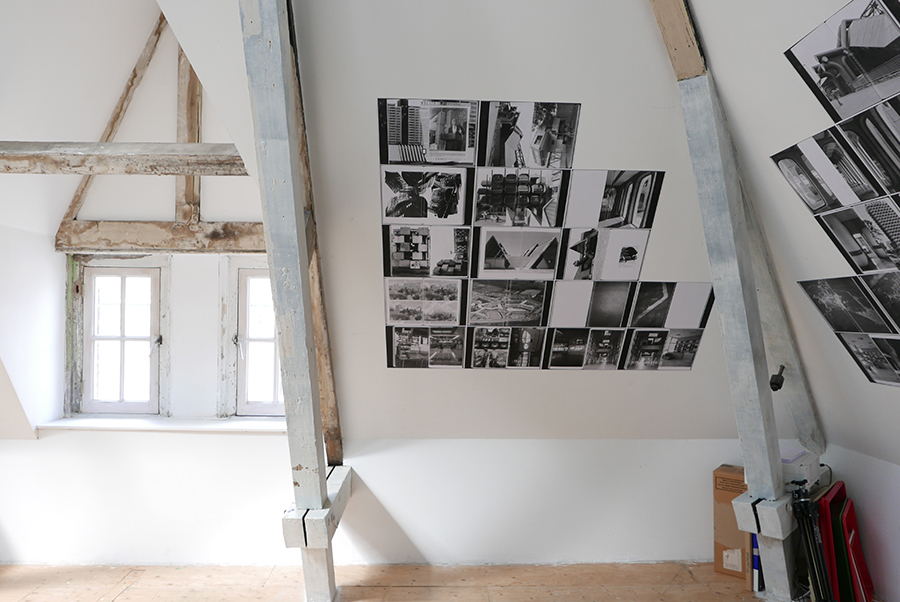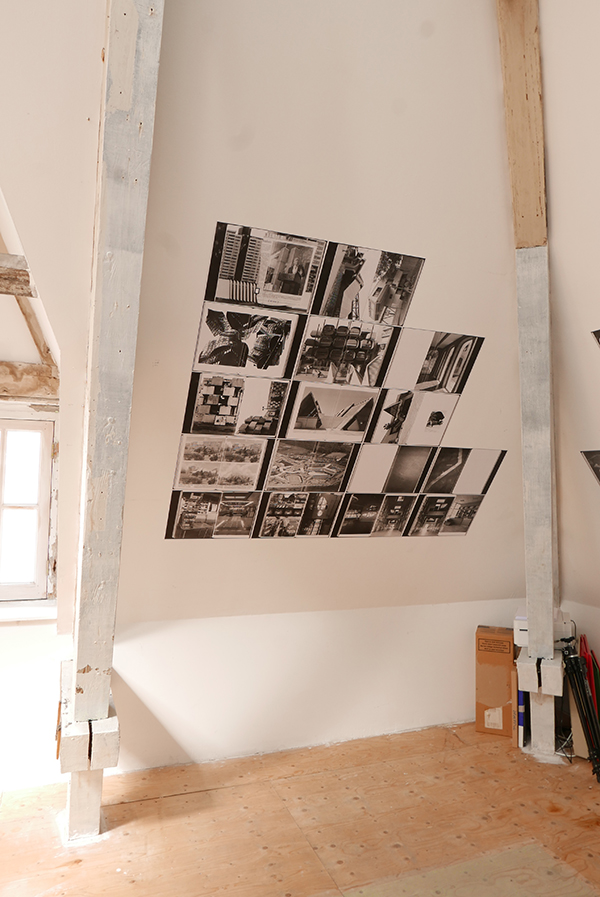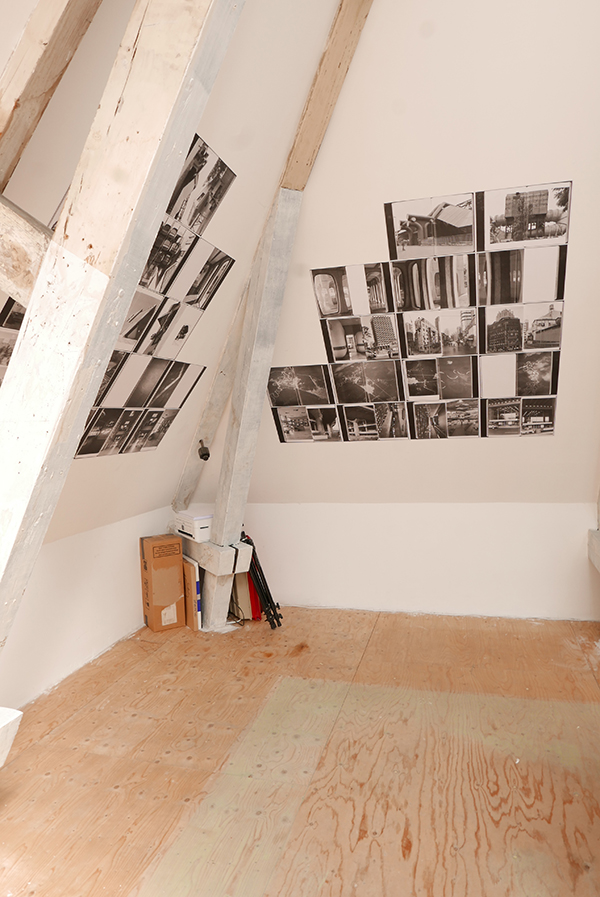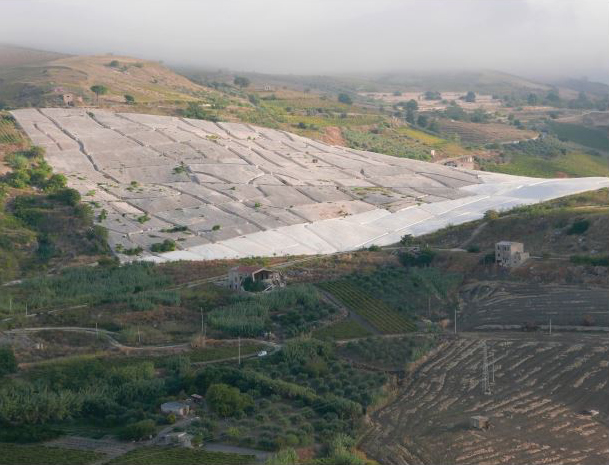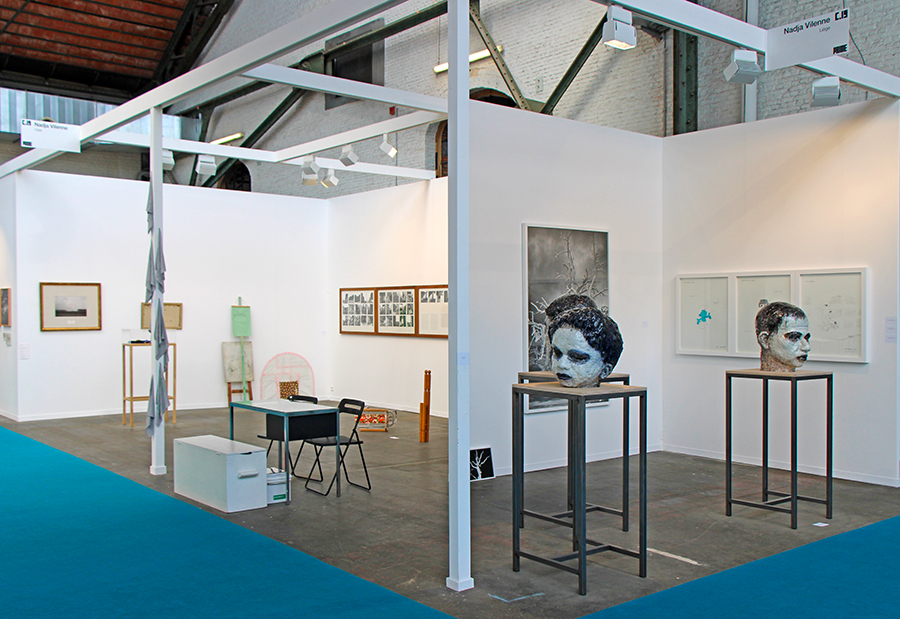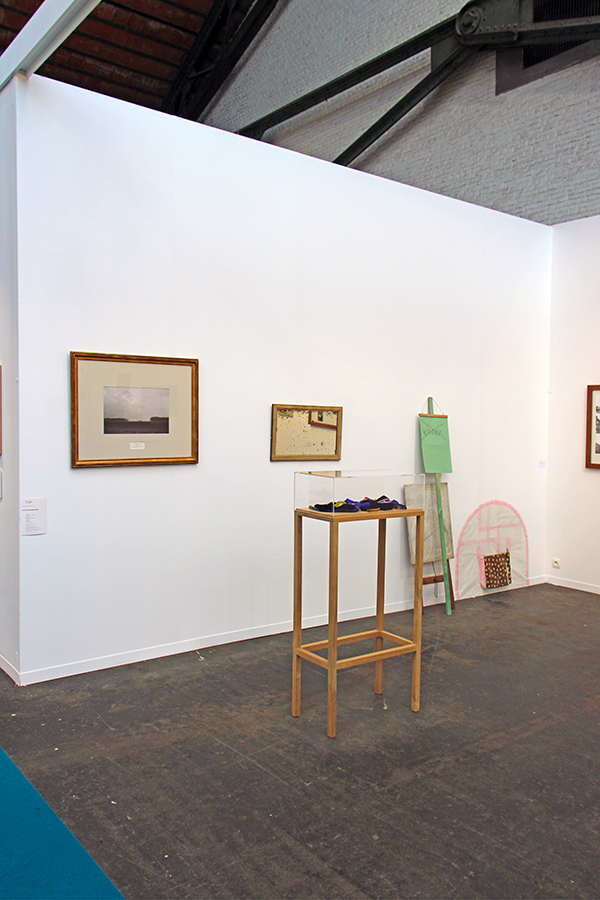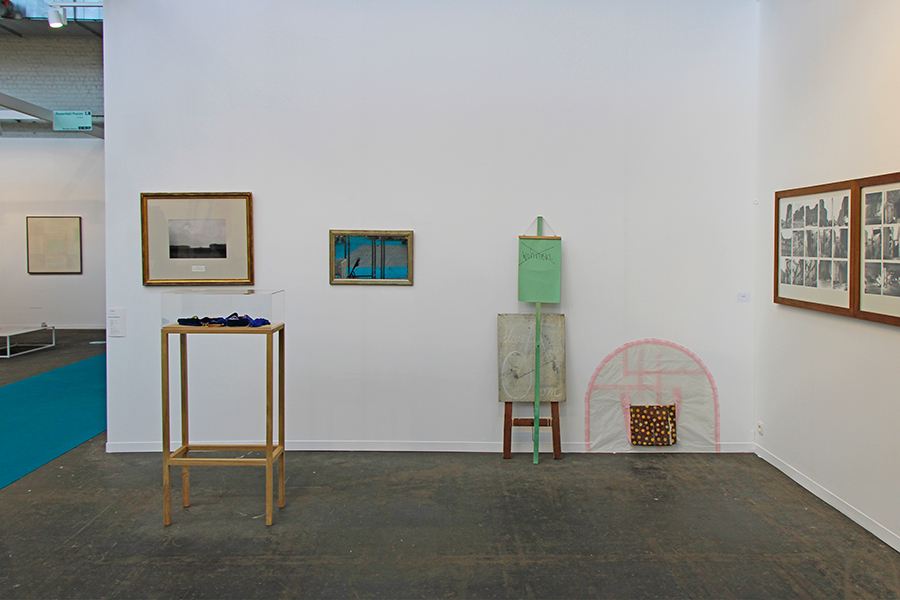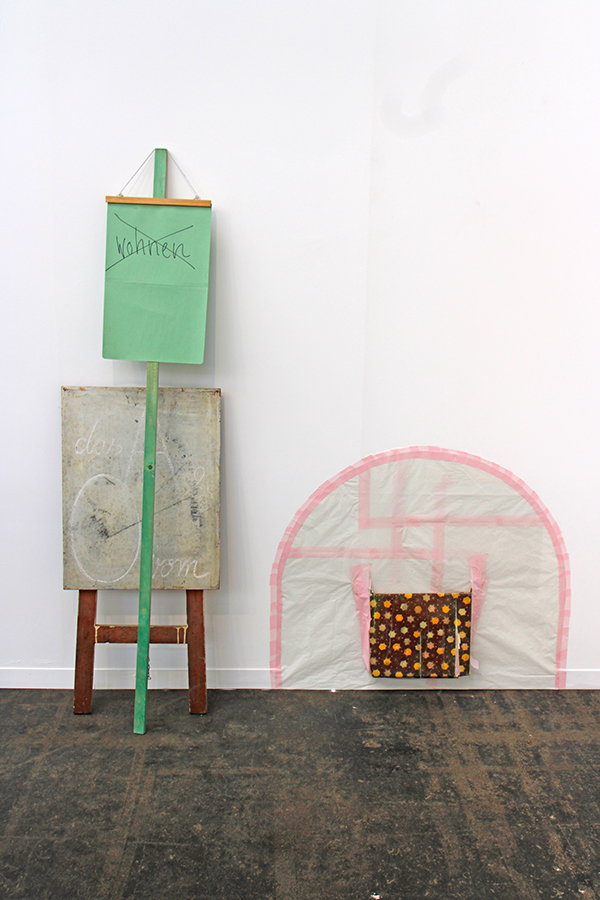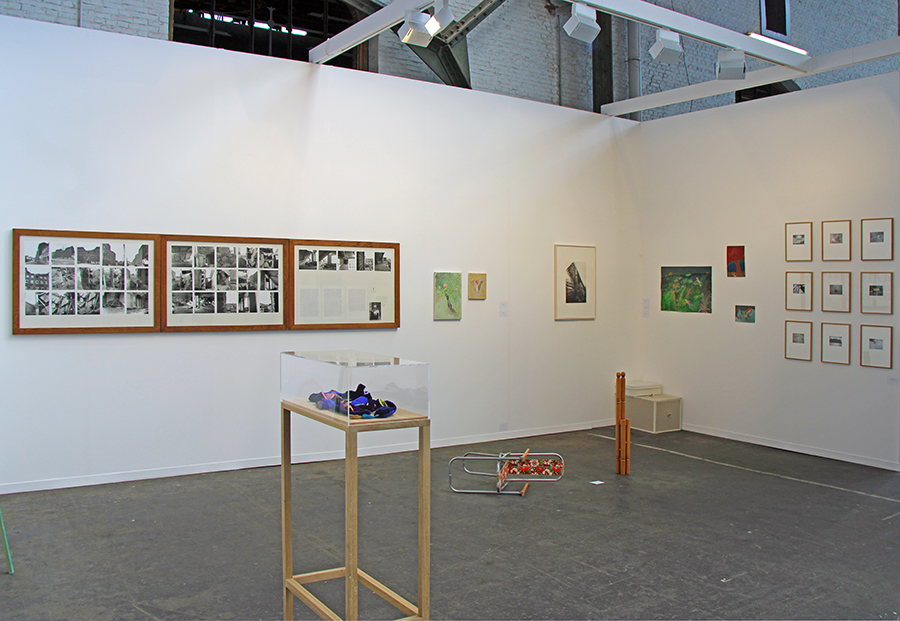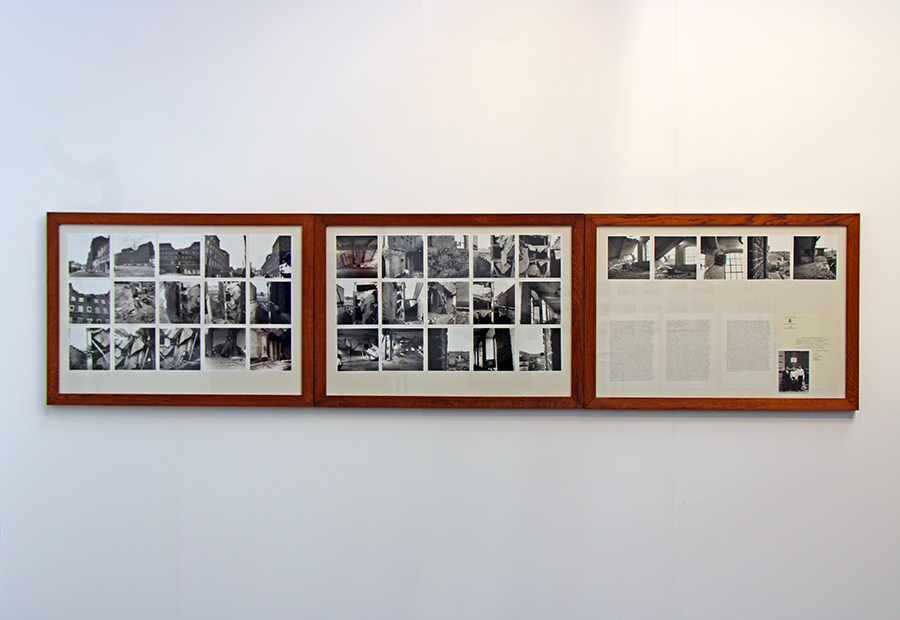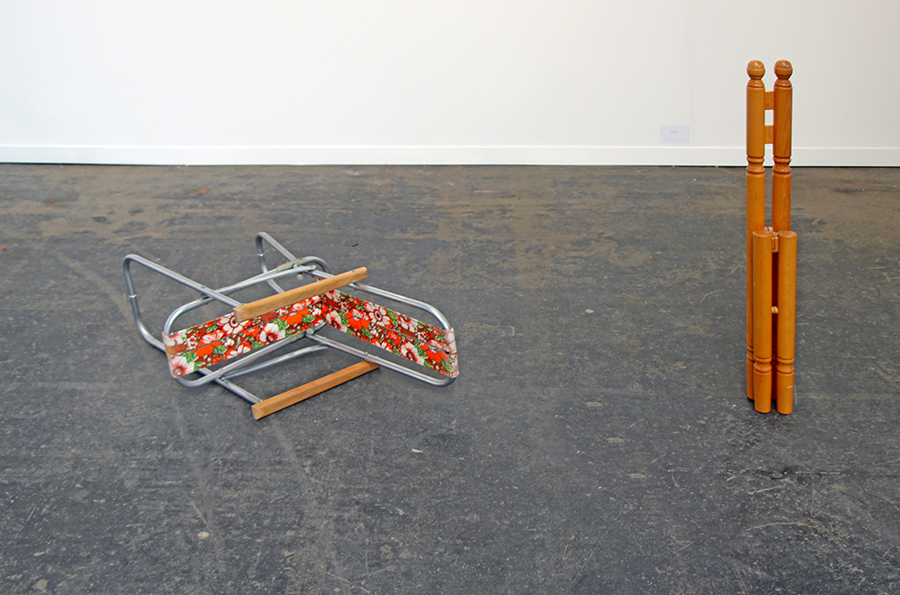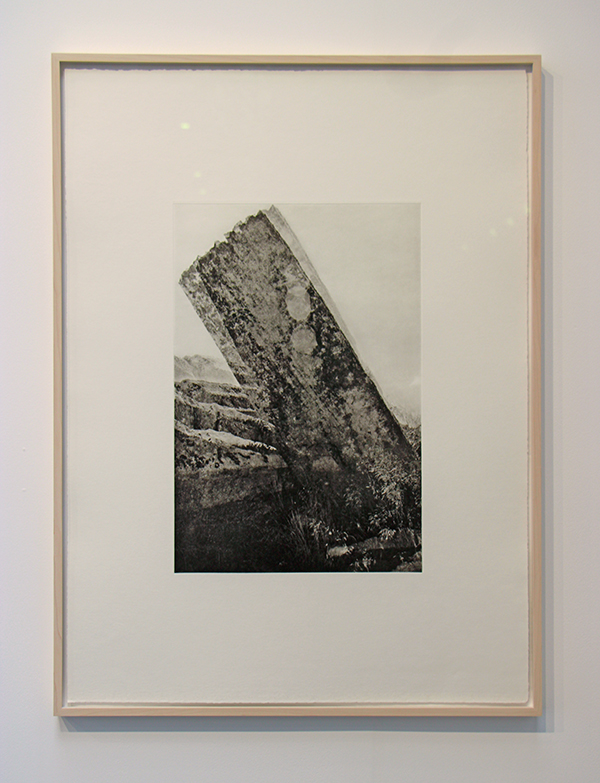Aglaia Konrad participe à l’exposition Während alle fotografieren können sich manche mit der Fotografie beschäftigen (alors que tout le monde prends des photos, certains s’engagent dans la photographie) à Fotohof, Salzburg.
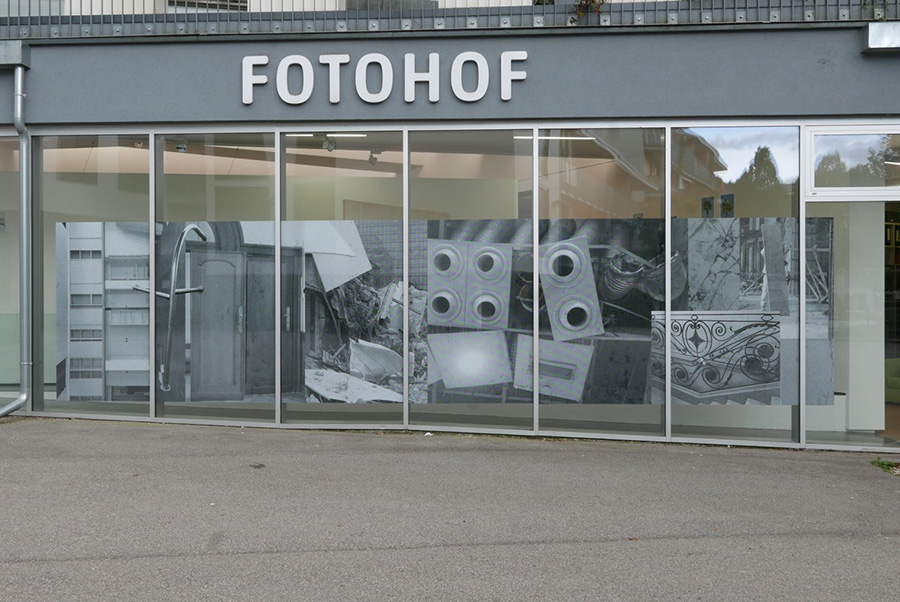
The exhibition curated by Ruth Horak marking the 30th anniversary of the Friedl Kubelka School of Artistic Photography in Vienna illustrates in an exemplary way how artists from within the ambit of this private school think of photography both as an image and a medium, and what their personal tribute to the medium looks like.
In 1990, when Friedl Kubelka founded the School of Artistic Photography, photography was in the process of consolidating its status as an artistic discipline. Since then, some 170 teachers have been contracted to pass on their personal working methods, motifs and materials to around 580 students.Each year brings with it the many diverse facets of photography: those of 1990 different to those of 2010, with Anja Manfredi took over as the school’s new director.
What remains the same is the fascination for a medium whose applications are more diverse today than ever before, a medium that is both sophisticated and banal, elaborately produced or incidental; a medium that belongs to everyday life, but also to science and art, and therefore always needs to be re-evaluated, sounding out where photography begins, how far it extends, and what influence its omnipresence has on artistic photography.
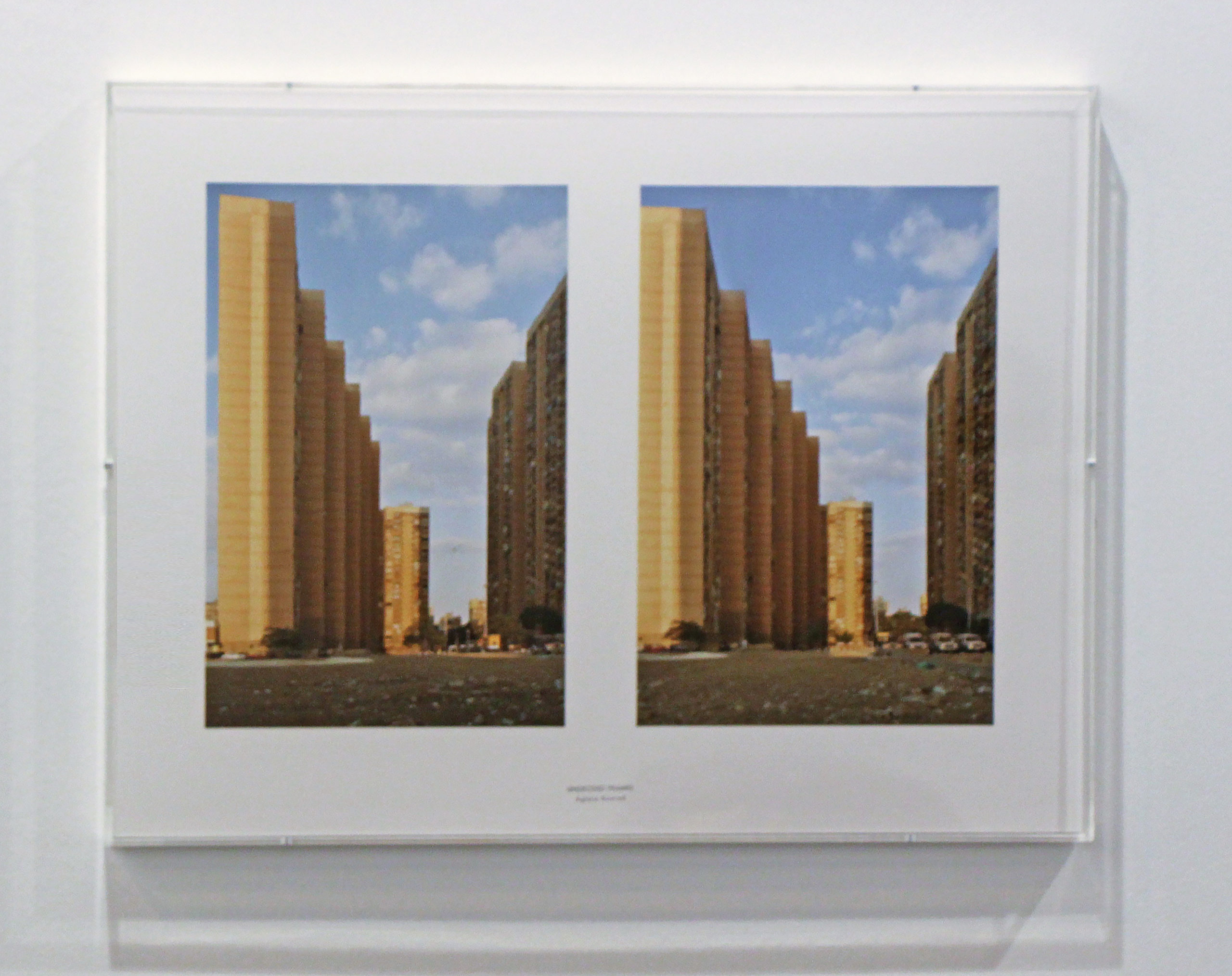
If one wanted to tag Aglaia Konrad’s interest in architecture, the following terms would appear: demolition, gentrification, urbanisation, brutalisme, economies, material transformation, fassadisme, lifespan reduction, glassarchitecture, failed architecture, contemporary ruins. Specifically, in the photomontage MakeUp II are photographs of the current unemployment office in Brussels (built in 1870 as the first large department shop in Belgium), and of the demolition of a Flemish ministry (Boudewijngebouw). The latter was built in 1990 by the successful team of architects Jaspers-Eyers. Their office buildings are known for their short lifespan. After 20-25 years they will be demolished and new ones built in their place by the same architects.
In her Undecided Frames she expresses a profoundly photographic theme: which of the two photographs is the better one? Which section, which distance from the motif, etc. are decisions that every photographer has to make. Aglaia Konrad: « It deals with the problematic, which is inherent to the photographic practice, the choice of the absolute best picture. To me that choice is quite often difficult to make because one step to the right or to the left or at least 5 sec. later the situation becomes different enough to justify the photographic standpoint, by offering the dilemma of choice to the onlooker, the demand for reflection is inherent in the perception process.
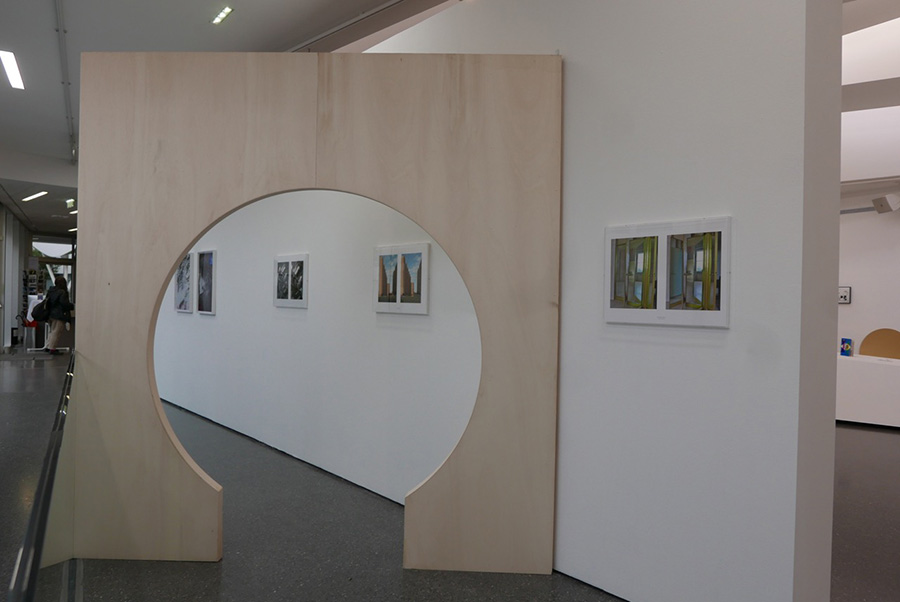

Undecided frames, 2016 (Porto 2011) colors photography, 41 x 54 cm

Undecided frames, 2016 (Hérémence 2012)
colors photography, 41 x 54 cm
(…) In refusing to choose, Konrad also reclaims her position as an intermediary between image and viewer. Bringing the differences between the two images (however small they might be) to the notice of the viewer, she makes clear that every photographic image is the result of her subjective choices. Moreover, by naming these double takes « undecided » she manoeuvres the viewer into a situation he normally never has to deal with, the moment of choosing being a solitary moment, safely hidden from the prying eyes of the public. Now the question of choosing becomes our problem: are we supposed to make the choice Konrad didn’t want to make? Maybe, but for us, this idea of choosing is even more senseless than it was for her, because we have no stake in this choice. The only option we are left with is to nod our head from left to right (and back again), searching in vain for a way out of this either/both/neither dilemma. We find ourselves forever stuck in the impossible logic of the photographic system. (…)
[sociallinkz]
